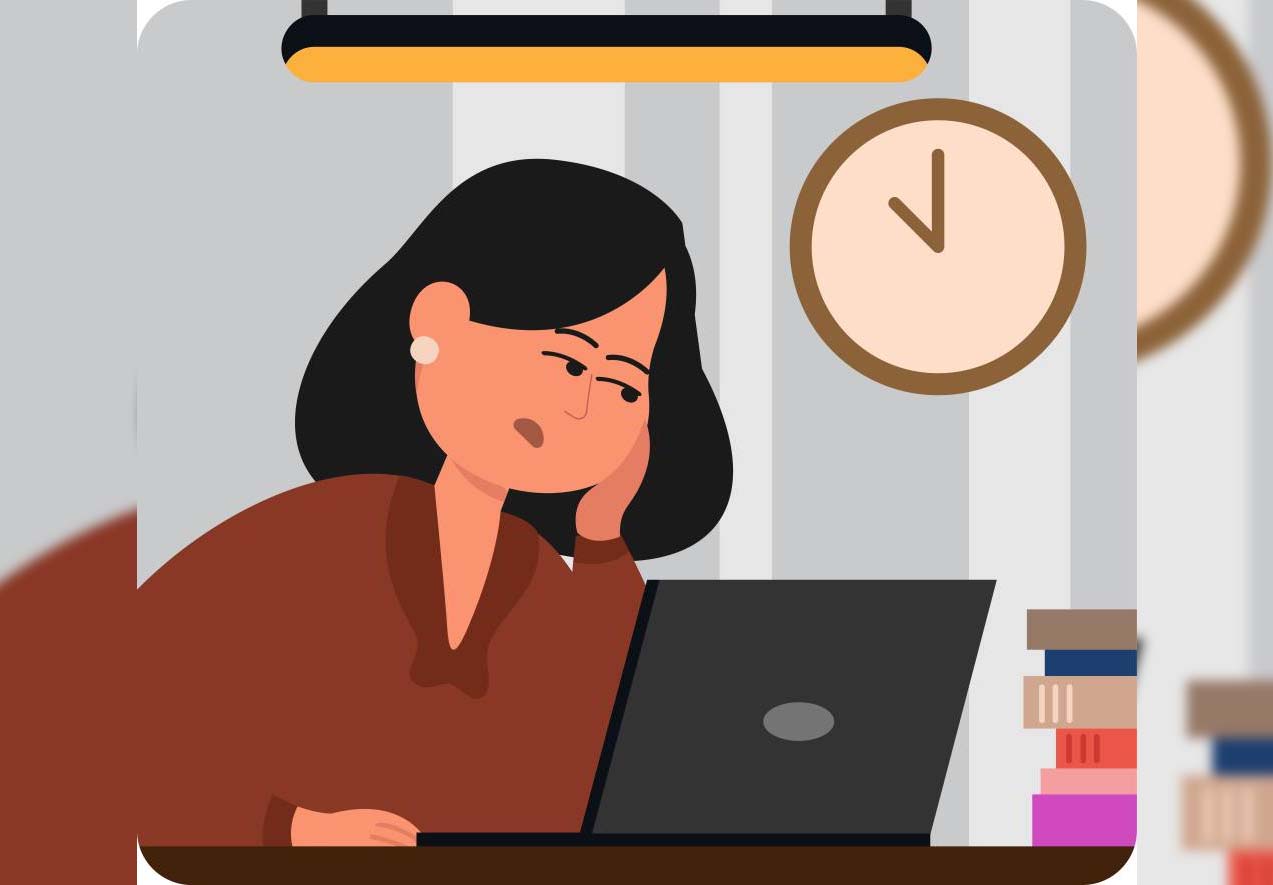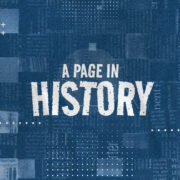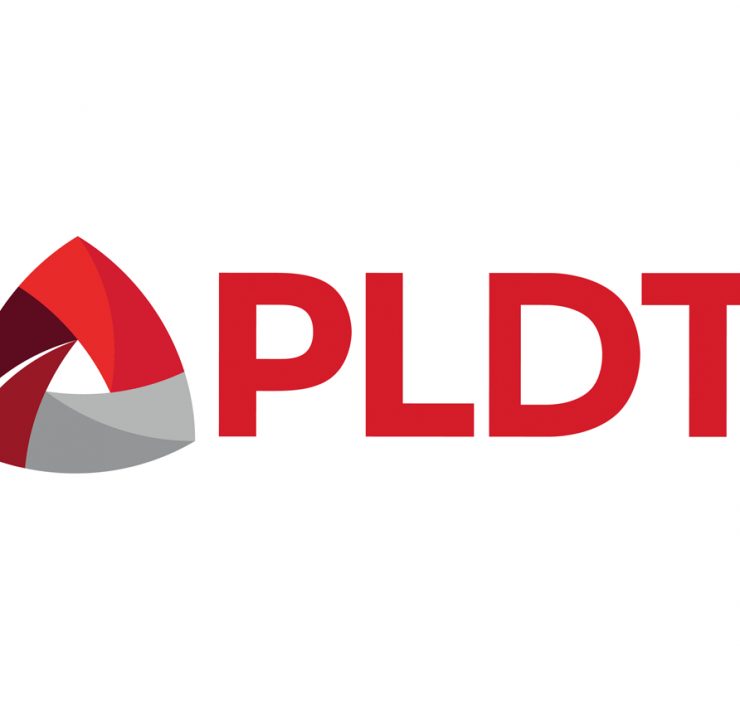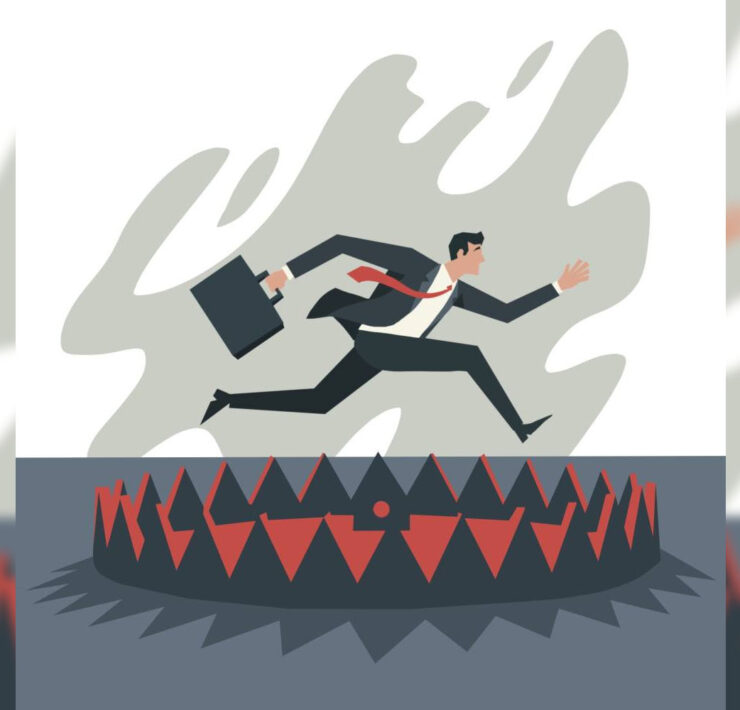Common nonsense: Annoyances that could make, break your brand

In business and in life, we often tolerate things that no longer make sense. We experience routines, processes and small inefficiencies that persist simply because no one has questioned them.
These everyday irritations are so familiar, they go unnoticed. They become the default thinking. But to customers, they are felt, and remembered.
This is what I call common nonsense: things that don’t work, yet remain unchallenged. They create friction. They waste time. They chip away at trust.
Most dangerously, they signal a business culture that’s stopped asking why.
Innovation hides in plain sight
We often look for innovation in the form of advanced technology, new markets or disruptive business models. But sometimes, differentiation comes not from reinvention, but simply from observation.
Innovation isn’t always about what’s totally new, it’s about what’s newly relevant.
In my work, having reviewed over 4,000 marketing strategies across more than 1,000 companies, I’ve consistently found that overlooked frustrations are often the earliest signals of strategic drift.
They appear first at the ground level: in customer feedback, frontline service, product quirks and quiet disengagement.
But unless a system is in place, they rarely make it to the attention of those at the very top.
These issues seem small, until you look at what they represent: disconnection from the customer. Fixing them is not a cost. It’s a competitive advantage.
Everyday irritations that signal smarter opportunities
Let me share some of my irritants:
Back pockets designed for discomfort–Phones and wallets have outgrown our pants. Yet we still put them in our back pockets, sit on them and risk damage and discomfort. The lifestyle has changed, but clothing design hasn’t caught up.
Saddles built for speed, not symmetry–A bicycle seat doesn’t support both sides of the body equally. It’s made for motion, not comfort. But users still expect balance, and feel discomfort when it’s not there.
Microwaves with no On/Off button–Some microwaves still don’t let you stop or cancel easily. That’s a basic control feature. Engineers prioritized technical layout over human behavior.
Neckties that no longer signal value–In many industries, neckties are now symbolic, not practical and sometimes even unsafe. We keep them for tradition, not function.
Pump bottles that waste the last 10 percent–Many pump bottles don’t reach the product at the bottom. Users feel shortchanged, even if the product was good.
Unreadable legal documents–Contracts and user agreements are written in ways most customers can’t understand. This protects companies but damages trust.
Shopping carts with jammed wheels–It’s a minor issue, but it ruins the shopping experience. Retailers invest in layout, lighting and music, but overlook the cart.
Marketers shouldn’t just look at what delights users. They should study what frustrates them.
Remember, friction isn’t just a design flaw, it’s a business risk. When left unaddressed, everyday tensions compound.
What starts as a minor irritant can grow into a real annoyance, and eventually become the reason a customer doesn’t return.
Small fixes, big returns
There’s a common belief in many organizations that only the “big moves” matter. But in reality, brands are built in the small moments, the everyday touchpoints where customers either feel seen or ignored. Fixing common frustrations leads to meaningful business outcomes: more trust through clearer communication, better usability through intentional design, stronger differentiation through simplicity and higher retention by removing friction from key experiences.
These aren’t just UX improvements, they’re strategic advantages.
Take Apple, for example. Much of its early success wasn’t built on technical specs alone, but on eliminating small user frustrations, from setup to software to hardware. They paid attention to what others ignored and acted on it.
Or consider UnionBank of the Philippines. Their growth didn’t come from opening more branches, but from solving everyday banking pain points. Their digital app addressed real-world frustrations like traffic, parking, long queues, missed lunch breaks and clunky interfaces. They didn’t just digitize the process, they removed the stress behind it.
Fixing the small things isn’t small. It’s where trust is built, loyalty is earned and long-term advantage begins.
Start with the customer, not the committee
Too often, strategic plans are made in isolation, inside meeting rooms, based on reports, assumptions or competitor moves. But a strategy disconnected from real customer behavior risks becoming irrelevant.
So as you plan the next quarter or product cycle, ask: Have we observed how customers actually use our product? What are the small things they endure but never say? Which assumptions are we still following that may no longer apply?
Pay attention to customer behavior, not just customer feedback. Customers may not complain about the small things, but they feel them. And they use those moments to make decisions.
Remember the saying: “Never paint based on someone else’s description.”
Observe. Experience. Then act.
Question the default
The future doesn’t always arrive with a loud disruption. Sometimes, it begins quietly, with one question: “Why are we still doing it this way?”
That single question, asked consistently, can uncover inefficiencies, challenge outdated norms and unlock real innovation.
So let’s commit to noticing what others overlook. Let’s fix what customers silently endure. Let’s replace common nonsense with uncommon care.
That’s how great brands, and great strategies, are built.
Josiah Go is the Chair and Chief Innovation Strategist of Mansmith and Fielders, Inc. He will be leading a session on uncovering hidden demand at the 2nd Annual Marketing Plan Nationwide Webinar, happening on September 23–24, 2025. For inquiries, please contact info@mansmith.net.
Disclosure: Josiah Go serves as an independent director of UnionBank of the Philippines.
Josiah Go is chair and chief innovation strategist of Mansmith and Fielders Inc. He is also cofounder of the Mansmith Innovation Awards. To ask Mansmith Innovation team to help challenge assumptions in your industries, email info@mansmith.net.





















